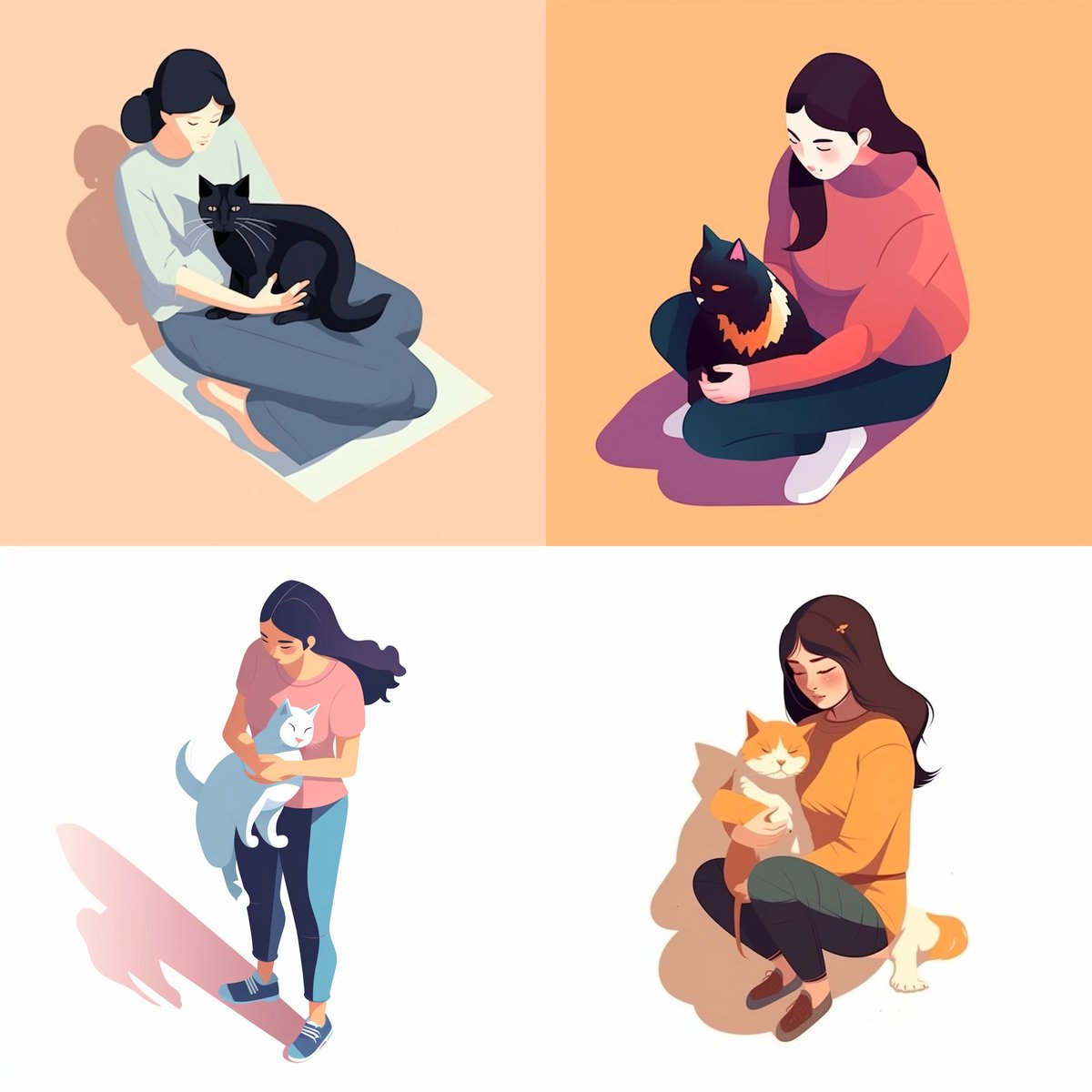Midjourney - Styles, part 3
Here are 15 other styles that you can use to transform an image or to add to it a particular artistic touch.
Those style can be integrated into simple prompts or even more complex scenes!
🧵Thread with visual examples👇
Here are 15 other styles that you can use to transform an image or to add to it a particular artistic touch.
Those style can be integrated into simple prompts or even more complex scenes!
🧵Thread with visual examples👇

1. Ferrofluid:
A visual effect inspired by the patterns and shapes created by ferrofluid, a liquid containing magnetic nanoparticles. When applied as a style, it can produce dynamic and organic forms in images, giving them a distinctive, futuristic, and abstract appearance.
A visual effect inspired by the patterns and shapes created by ferrofluid, a liquid containing magnetic nanoparticles. When applied as a style, it can produce dynamic and organic forms in images, giving them a distinctive, futuristic, and abstract appearance.

2. Infrared photography:
A style inspired by the technique of capturing images using infrared light, which is invisible to the human eye. When applied as a style, it can give images a surreal, dreamlike appearance, with false-color or black-and-white representations.
A style inspired by the technique of capturing images using infrared light, which is invisible to the human eye. When applied as a style, it can give images a surreal, dreamlike appearance, with false-color or black-and-white representations.
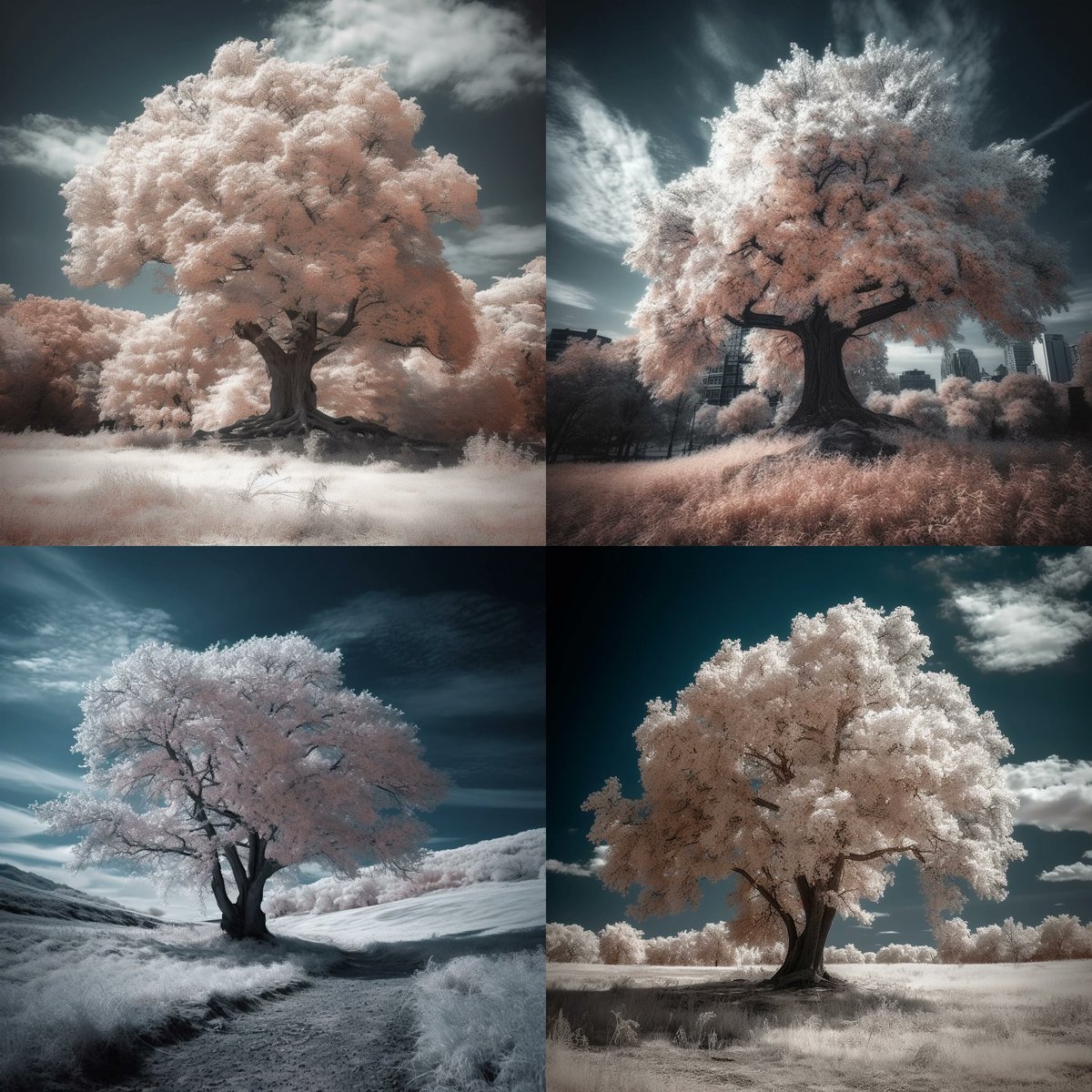
3. One line art:
An artwork created with a single, continuous line without lifting the pen or pencil. When used as a style, it results in minimalist, abstract, and expressive images, emphasizing the essence of the subject and the fluidity of the line work.
An artwork created with a single, continuous line without lifting the pen or pencil. When used as a style, it results in minimalist, abstract, and expressive images, emphasizing the essence of the subject and the fluidity of the line work.

4. Rotoscope animation:
An animation style inspired by the technique of tracing live-action footage frame by frame to create smooth, realistic motion. When applied as a style, it can give images a unique blend of lifelike movement and hand-drawn aesthetics.
An animation style inspired by the technique of tracing live-action footage frame by frame to create smooth, realistic motion. When applied as a style, it can give images a unique blend of lifelike movement and hand-drawn aesthetics.

5. Color sketchnote:
A style inspired by the practice of sketchnoting, where notes are visually represented through illustrations. When applied as a style, it can give images a colorful, hand-drawn appearance, emphasizing the key ideas and concepts in a visually engaging way.
A style inspired by the practice of sketchnoting, where notes are visually represented through illustrations. When applied as a style, it can give images a colorful, hand-drawn appearance, emphasizing the key ideas and concepts in a visually engaging way.

6. Plasticine style:
A style inspired by the modeling technique using plasticine clay, where objects and characters are molded and sculpted. When applied as a style, it can give images a playful, tactile appearance, resembling the look and feel of a physical modeling material.
A style inspired by the modeling technique using plasticine clay, where objects and characters are molded and sculpted. When applied as a style, it can give images a playful, tactile appearance, resembling the look and feel of a physical modeling material.

7. Photogram:
A style inspired by the photographic process of creating images without using a camera. When applied as a style, it can give images a unique and experimental appearance, often resembling the organic shapes and forms created by the interplay of light and shadows.
A style inspired by the photographic process of creating images without using a camera. When applied as a style, it can give images a unique and experimental appearance, often resembling the organic shapes and forms created by the interplay of light and shadows.
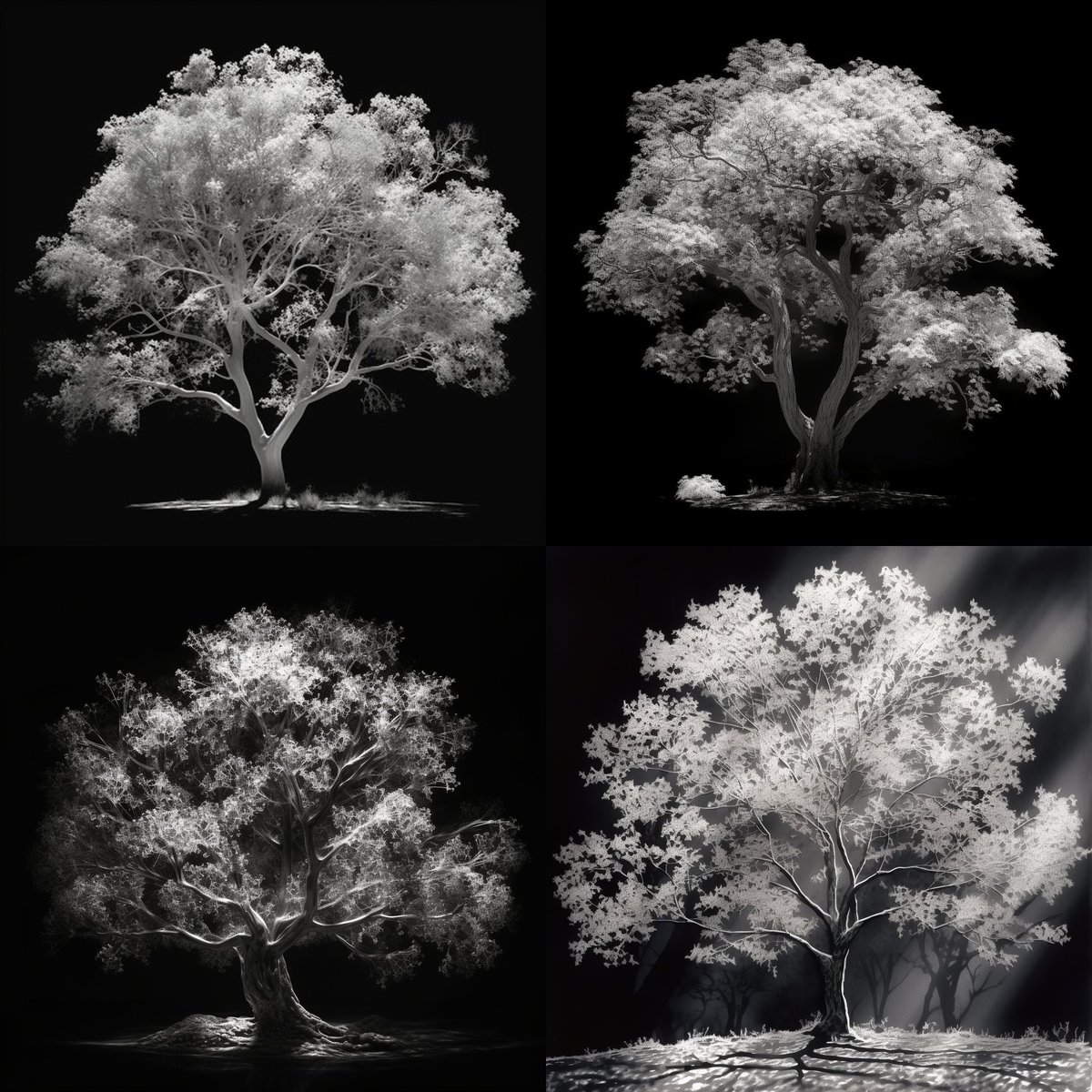
8. Kirlian effect
A technique capturing electrical discharges on a photographic plate, resulting in an ethereal image. When applied as a style, it can give images a mystical quality, emphasizing intricate patterns and energy fields.
A technique capturing electrical discharges on a photographic plate, resulting in an ethereal image. When applied as a style, it can give images a mystical quality, emphasizing intricate patterns and energy fields.

9. Multiple exposure:
A photographic style of capturing multiple images on a single frame, creating a layered and composite effect. As a style, it can give images an abstract appearance, blending and juxtaposing different elements, often resulting in a dreamlike atmosphere.
A photographic style of capturing multiple images on a single frame, creating a layered and composite effect. As a style, it can give images an abstract appearance, blending and juxtaposing different elements, often resulting in a dreamlike atmosphere.

10. Linocut print:
A printmaking style where designs are carved into linoleum blocks and then inked and pressed onto paper. As a style, it can give images a bold, graphic appearance with strong lines and high contrast, evoking the expressive nature of traditional prints.
A printmaking style where designs are carved into linoleum blocks and then inked and pressed onto paper. As a style, it can give images a bold, graphic appearance with strong lines and high contrast, evoking the expressive nature of traditional prints.

11. Halftone print:
A style inspired by the printmaking technique of halftone, which uses dots of varying sizes and spacing to create the illusion of continuous tone. As a style, it can give images a distinctive, dotted appearance, resembling vintage prints and comic book art.
A style inspired by the printmaking technique of halftone, which uses dots of varying sizes and spacing to create the illusion of continuous tone. As a style, it can give images a distinctive, dotted appearance, resembling vintage prints and comic book art.

12. Glitter drawing:
A style inspired by the sparkling and reflective qualities of glitter particles, often used in crafts and decorations. As a style, it can give images a shimmering, eye-catching appearance, adding a sense of sparkle, glamour, and festivity to the visuals.
A style inspired by the sparkling and reflective qualities of glitter particles, often used in crafts and decorations. As a style, it can give images a shimmering, eye-catching appearance, adding a sense of sparkle, glamour, and festivity to the visuals.

13. Alcohol ink:
A technique using vibrant alcohol-based inks on non-porous surfaces like glass, plastic, or metal. When applied as a style, it can produce a colorful and unpredictable abstract effect, often resembling fluid or marbled patterns.
A technique using vibrant alcohol-based inks on non-porous surfaces like glass, plastic, or metal. When applied as a style, it can produce a colorful and unpredictable abstract effect, often resembling fluid or marbled patterns.

14. Papier-mâché:
A technique using paper and adhesive to create textured and layered objects. As a style, it can give images a textured, layered appearance, resembling the handcrafted, uneven surface of papier-mâché, adding an artistic and organic touch to the visuals.
A technique using paper and adhesive to create textured and layered objects. As a style, it can give images a textured, layered appearance, resembling the handcrafted, uneven surface of papier-mâché, adding an artistic and organic touch to the visuals.

15. Airbrushing:
Inspired by using a tool to spray paint or ink, it creates smooth gradients and shading. When applied as a style, it gives images a polished, surreal look often seen in illustrations, advertisements, and murals.
Bonus styles 👇
Inspired by using a tool to spray paint or ink, it creates smooth gradients and shading. When applied as a style, it gives images a polished, surreal look often seen in illustrations, advertisements, and murals.
Bonus styles 👇

Bonus styles:
- Pyrography: A style inspired by the art of burning designs onto wood
- Chibi: A Japanese animation technique of depicting characters with exaggerated proportions
- Ambient occlusion: A 3D rendering technique that enhances shadows and depth in images.


- Pyrography: A style inspired by the art of burning designs onto wood
- Chibi: A Japanese animation technique of depicting characters with exaggerated proportions
- Ambient occlusion: A 3D rendering technique that enhances shadows and depth in images.

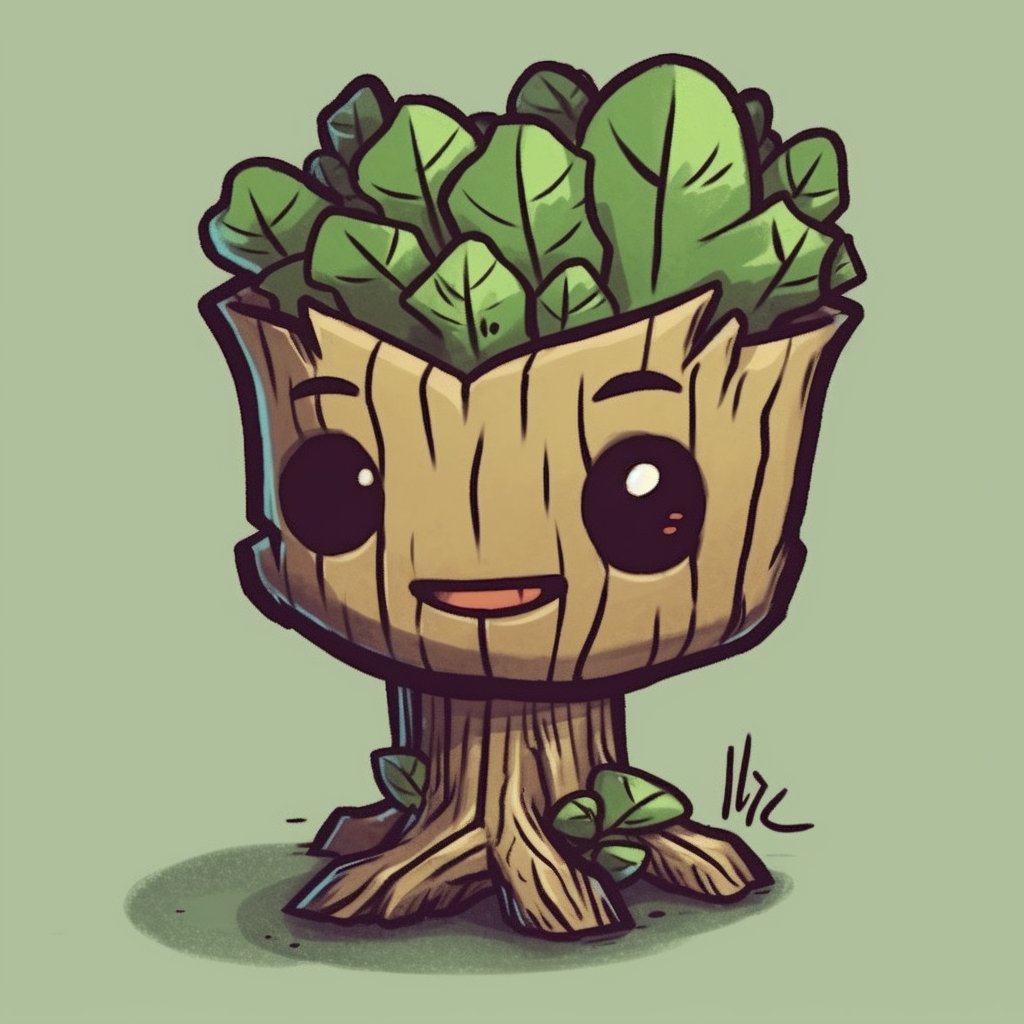
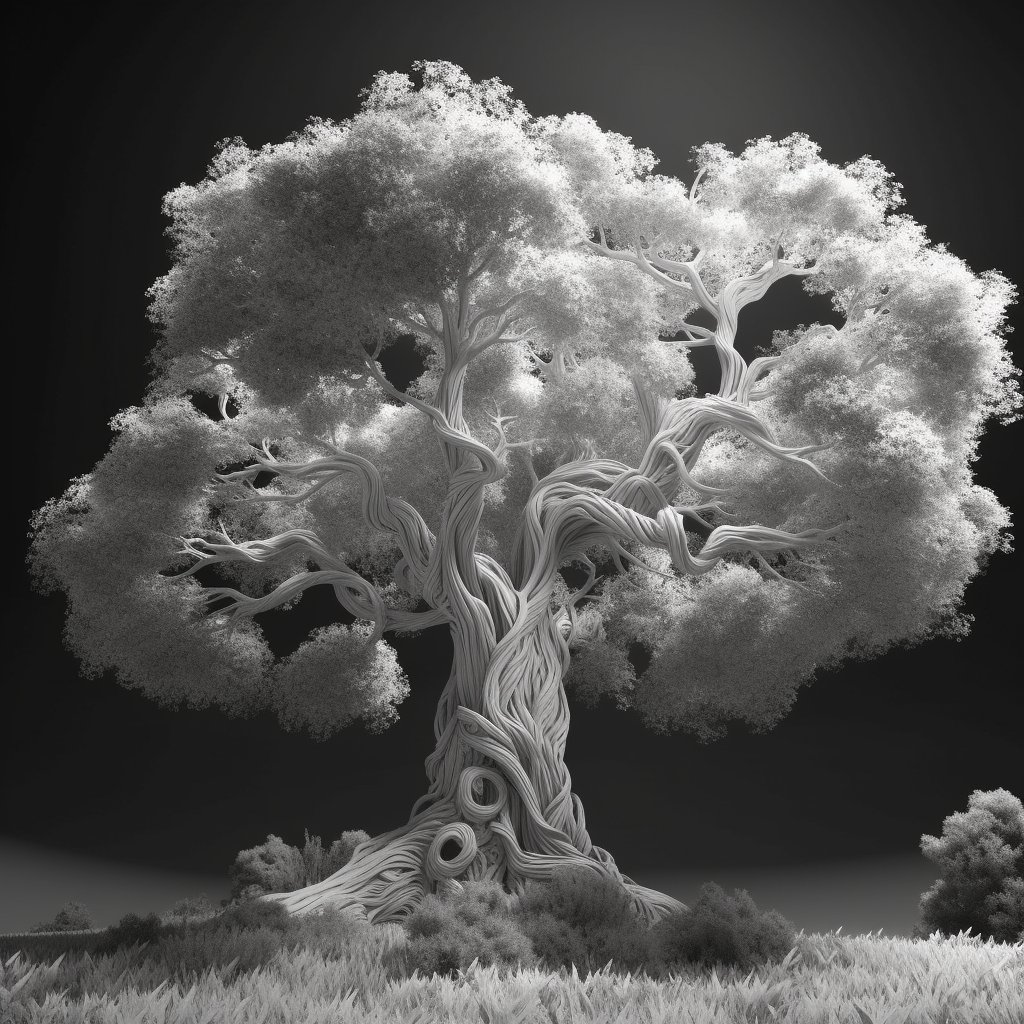
I hope that some of these styles can inspire you a little!
Thanks for reading! 🐭
#midjourneyv5 #AIcommunity
Thanks for reading! 🐭
#midjourneyv5 #AIcommunity
• • •
Missing some Tweet in this thread? You can try to
force a refresh

 Read on Twitter
Read on Twitter






